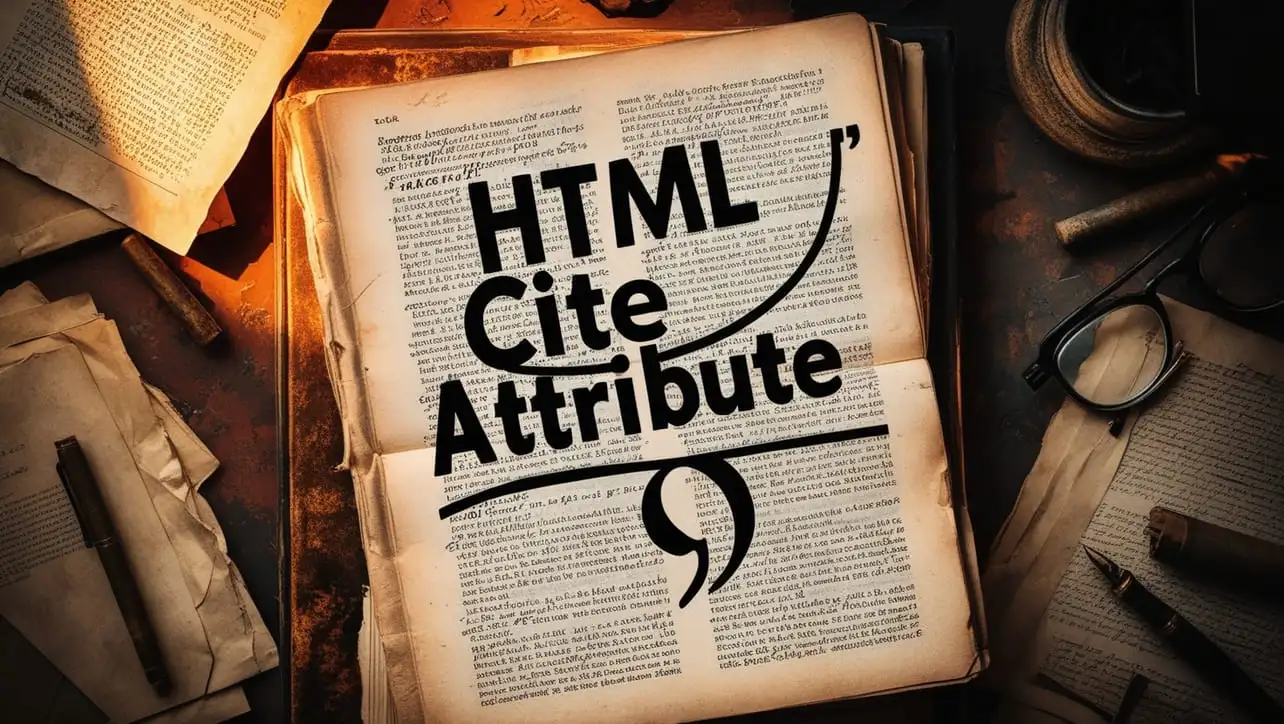
HTML Topics
- HTML Intro
- HTML Basic
- HTML Editors
- HTML CSS
- HTML Tags
- HTML Deprecated Tags
- HTML Events
- HTML Event Attributes
- HTML Global Attributes
- HTML Attributes
- abbr
- accept
- accept-charset
- accesskey
- action
- align
- alt
- archive
- as
- async
- autocapitalize
- autocomplete
- autofocus
- autoplay
- axis
- bgcolor
- border
- cellpadding
- cellspacing
- char
- charoff
- charset
- checked
- cite
- class
- classid
- codebase
- codetype
- color
- cols
- colspan
- compact
- content
- contenteditable
- controls
- coords
- crossorigin
- data
- data-*
- datetime
- declare
- default
- defer
- dir
- dirname
- disabled
- download
- draggable
- enctype
- enterkeyhint
- for
- form
- formaction
- formenctype
- formmethod
- formnovalidate
- formtarget
- frame
- frameborder
- frameset
- headers
- height
- hidden
- high
- href
- hreflang
- hspace
- http-equiv
- id
- inert
- inputmode
- ismap
- kind
- label
- lang
- list
- loop
- low
- max
- maxlength
- media
- method
- min
- multiple
- muted
- name
- novalidate
- onabort
- onafterprint
- onbeforeprint
- onbeforeunload
- onblur
- oncanplay
- oncanplaythrough
- onchange
- onclick
- oncontextmenu
- oncopy
- oncuechange
- oncut
- ondblclick
- ondrag
- ondragend
- ondragenter
- ondragleave
- ondragover
- ondragstart
- ondrop
- ondurationchange
- onemptied
- onended
- onerror
- onfocus
- onhashchange
- oninput
- oninvalid
- onkeydown
- onkeypress
- onkeyup
- onload
- onloadeddata
- onloadedmetadata
- onloadstart
- onmousedown
- onmousemove
- onmouseout
- onmouseover
- onmouseup
- onmousewheel
- onoffline
- ononline
- onpagehide
- onpageshow
- onpaste
- onpause
- onplay
- onplaying
- onpopstate
- onprogress
- onratechange
- onreset
- onresize
- onscroll
- onsearch
- onseeked
- onseeking
- onselect
- onstalled
- onstorage
- onsubmit
- onsuspend
- ontimeupdate
- ontoggle
- onunload
- onvolumechange
- onwaiting
- onwheel
- open
- optimum
- pattern
- placeholder
- popover
- popovertarget
- popovertargetaction
- poster
- preload
- readonly
- rel
- required
- reversed
- rows
- rowspan
- sandbox
- scope
- selected
- shape
- size
- sizes
- span
- spellcheck
- src
- srcdoc
- srclang
- srcset
- start
- step
- style
- tabindex
- target
- title
- translate
- type
- usemap
- value
- width
- wrap
- HTML Comments
- HTML Entity
- HTML Head
- HTML Form
- HTML IndexedDB
- HTML Drag & Drop
- HTML Geolocation
- HTML Canvas
- HTML Status Code
- HTML Language Code
- HTML Country Code
- HTML Charset
- MIME Types
HTML cite Attribute

Photo Credit to CodeToFun
🙋 Introduction
The cite attribute in HTML is used to provide a reference or citation for the source of quoted content.
It is commonly applied to elements that represent quoted or referenced text, such as <blockquote> and <q>.
The cite attribute helps in attributing content to its original source, adding credibility to the information presented.
🎯 Purpose of cite
The primary purpose of the cite attribute is to specify the source URL or reference for the quoted or referenced content within an HTML document.
This helps users, search engines, and developers trace back the origin of the information.
💎 Values
The cite attribute typically accepts a URL as its value, pointing to the location of the cited source.
However, it can also accept other forms of citation, such as a publication title, book name, or author, depending on the context. Here's an example:
<blockquote cite="https://www.example.com/article">This is a quoted text.</blockquote>In this example, the cite attribute contains the URL of the article from which the quoted text is taken.
📄 Example
Let's see how the cite attribute is used in a real-world example:
<blockquote cite="https://www.example.com/book">
<p>This is a blockquote from a book.</p>
<footer>— Author Name, <cite>Title of the Book</cite></footer>
</blockquote>🧠 How it Works
In this example, the cite attribute is applied to a <blockquote> element, indicating the source of the quoted content.
Additionally, the <cite> element is used within the <footer> to specify the title of the book.
🔄 Dynamic Values with JavaScript
Similar to other HTML attributes, the cite attribute can be dynamically set using JavaScript.
This can be beneficial when the source of the content is determined dynamically. Here's a simple example:
<script>
// Dynamically set the cite attribute for a blockquote
document.getElementById("dynamicBlockquote").cite = "https://www.example.com/dynamic-source";
</script>🧠 How it Works
In this script, the cite attribute is dynamically set for a <blockquote> element with the id dynamicBlockquote. This can be useful in scenarios where the cited source is determined during user interactions or based on certain conditions.
🏆 Best Practices
- Use the
citeattribute when quoting or referencing content to provide proper attribution and enhance the credibility of your document. - Ensure that the value of the
citeattribute is a valid URL or a clear reference to the original source. - Utilize the <cite> element within the <footer> or alongside the quoted content to provide additional context, such as the title of a book or the name of an author.
🎉 Conclusion
The cite attribute is a valuable tool for indicating the source of quoted or referenced content in HTML documents.
By using this attribute appropriately, you contribute to the transparency and reliability of information presented on your web pages.
👨💻 Join our Community:
Author

For over eight years, I worked as a full-stack web developer. Now, I have chosen my profession as a full-time blogger at codetofun.com.
Buy me a coffee to make codetofun.com free for everyone.
Buy me a Coffee












If you have any doubts regarding this article (HTML cite Attribute), please comment here. I will help you immediately.